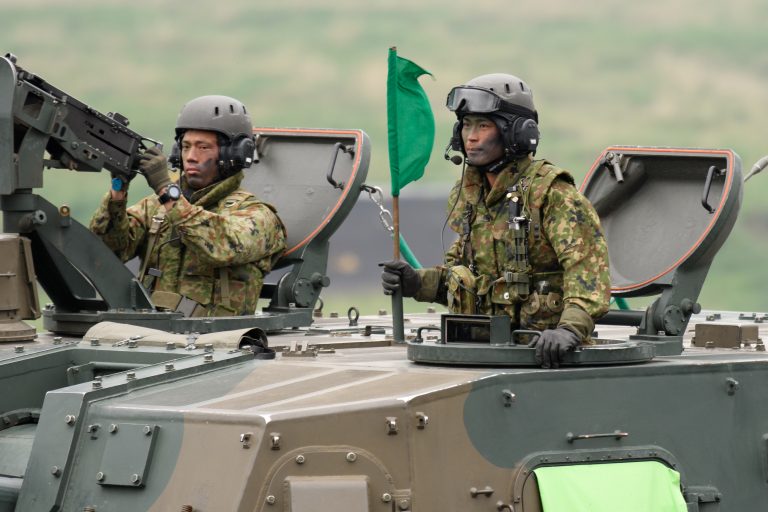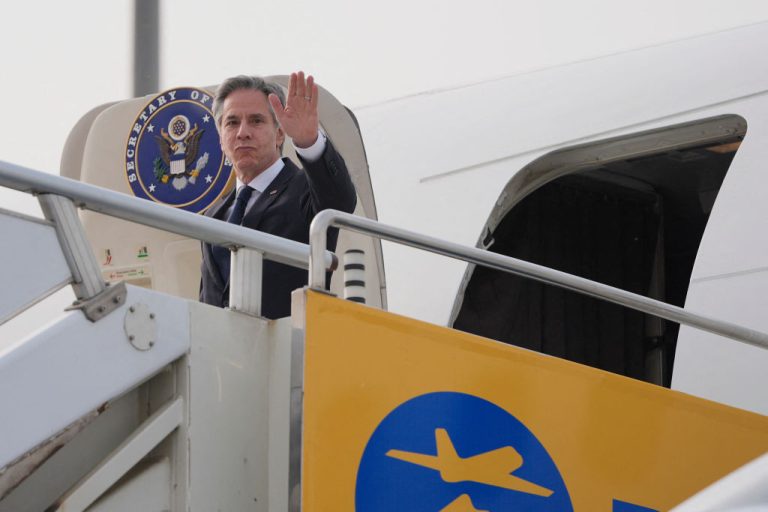On Tuesday, August 31, Japan’s Defense Ministry asked for a 2.6 percent increase in its defense budget citing a need to counter China’s assertiveness in the region.
The increase sought amounts to approximately 5.48 trillion yen or $49.86 billion for the country’s fiscal year beginning April 1, 2022 and is a record high if approved by the Finance Ministry and parliament later this year.
If approved, this would be the ninth consecutive year that Japan has increased its defense spending.
In a defense report, which was adopted in July of this year by the Japanese parliament, China’s increasingly aggressive posturing in the region, Beijing’s growing tensions with Taiwan and the rivalry between the United States and China were specifically referenced as reasons for the increased budget.
Japan considers China’s expanding military capabilities and a lack of knowledge regarding Chinese military spending “a matter of grave concern” and attacked China’s maritime activity in the South China Sea as well as around Japanese-claimed waters.
Success
You are now signed up for our newsletter
Success
Check your email to complete sign up
Japan has been focusing on shoring up defenses in the country’s southwestern regions and islands. A military base is being constructed on Ishigaki Island where it is expected a new land-to-sea missile defense system will be deployed.
The island is located just north of the uninhabited Senkaku Islands which are claimed by both Japan and China. China refers to the island cluster as Diaoyu.
Since former Prime Minister Abe Shinzo rose to power in December 2012, Japan’s military spending has increased by 17 percent due, to a new interpretation of the war-renouncing Article 9.
Article 9 of the Japanese Constitution outlaws war as a means to settle international disputes, limiting the Japanese military to combat only in direct defense of the country’s territory. It came into effect on May 3, 1947 following World War II. The article also states that armed forces with war potential will not be maintained.
Though Abe was unable to repeal the law entirely, new ships in the Self Defense Forces’ arsenal were deemed in line with Article 9, which prevents aircraft carriers as an offensive weapon.
The budget request includes 130 billion yen (US$1.81 billion) for the acquisition of a dozen U.S. manufactured F-35 stealth fighters from Lockheed Martin and four F-35Bs that are capable of short takeoff and vertical landings. The fighter jets are intended to operate on two Japanese helicopter carriers that are currently being converted.
However, since the ships were produced as transports, they are not legally considered aircraft carriers.
In addition, the Defense Ministry is also seeking an increase in its research and development budget. A record 325.7 billion yen (US$2.96 billion) is to be invested in unmanned aircraft operated by artificial intelligence.
105 billion yen (US$2.96 billion) has also been earmarked for home-developed fighter jets that will be manufactured by Mitsubishi Heavy Industries. The jets are part of a multi-billion dollar initiative that is expected to run until 2035.
Japan is also investing in space technology by investing 84 billion yen ($765 million) to purchase lasers and satellites to track targets in space as well as to increase the number of space force personnel serving in the Japanese military.















